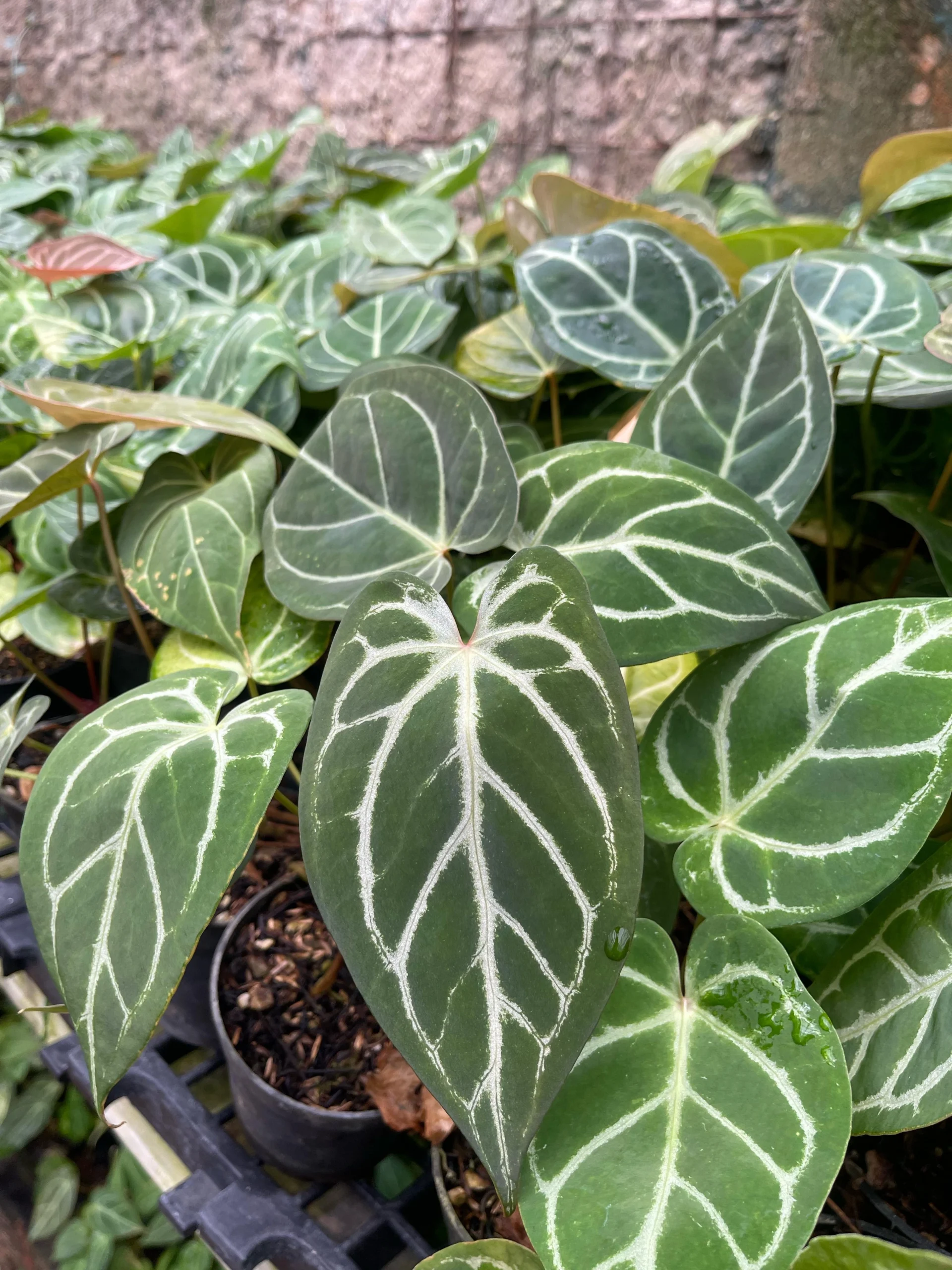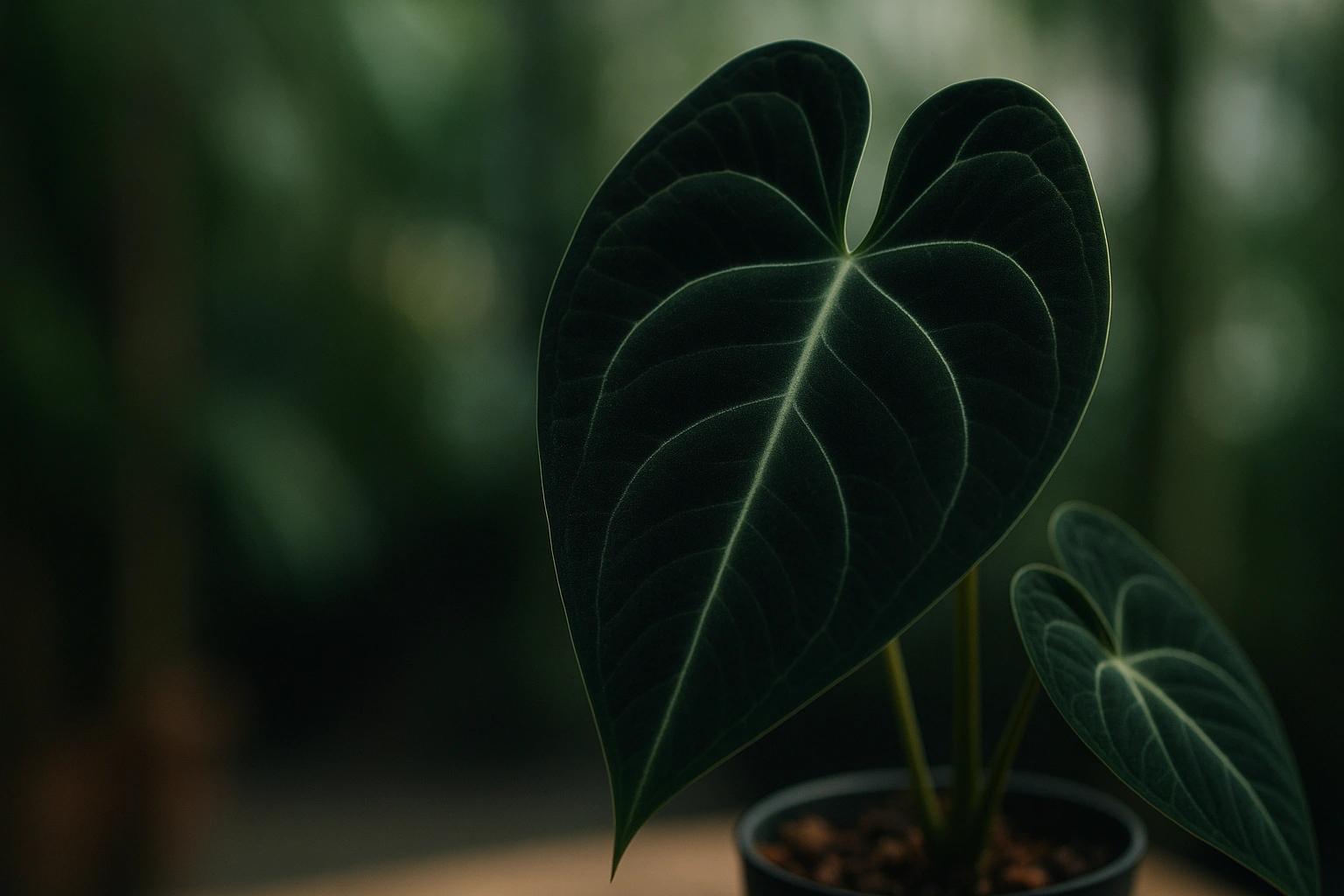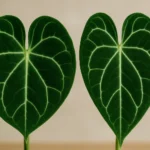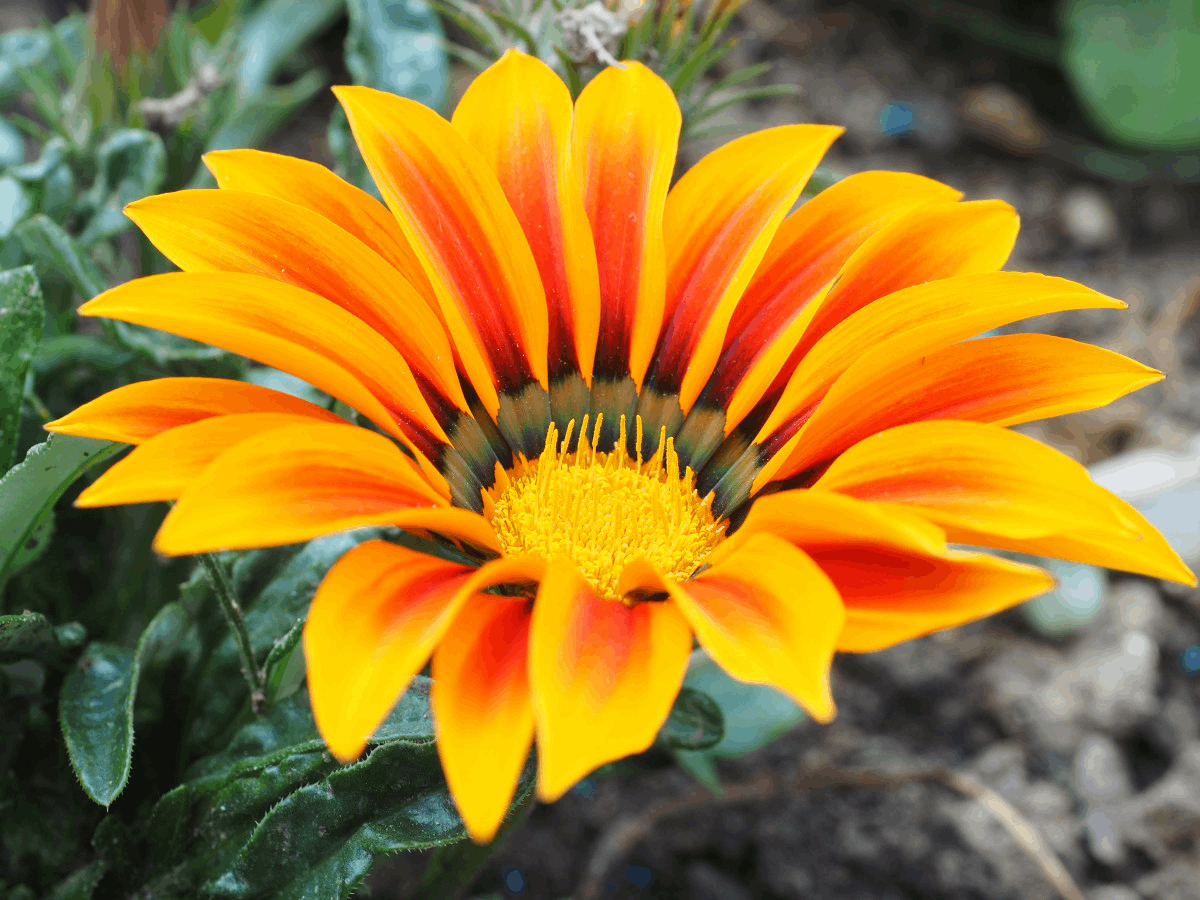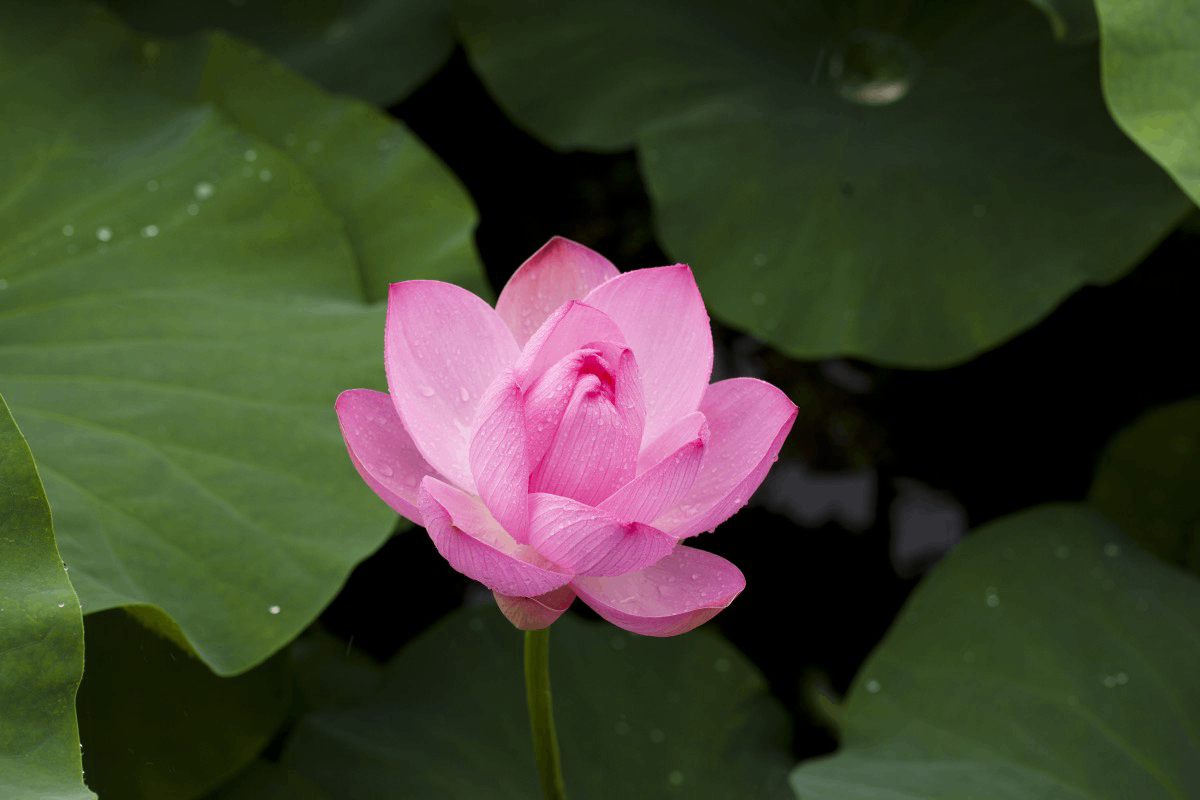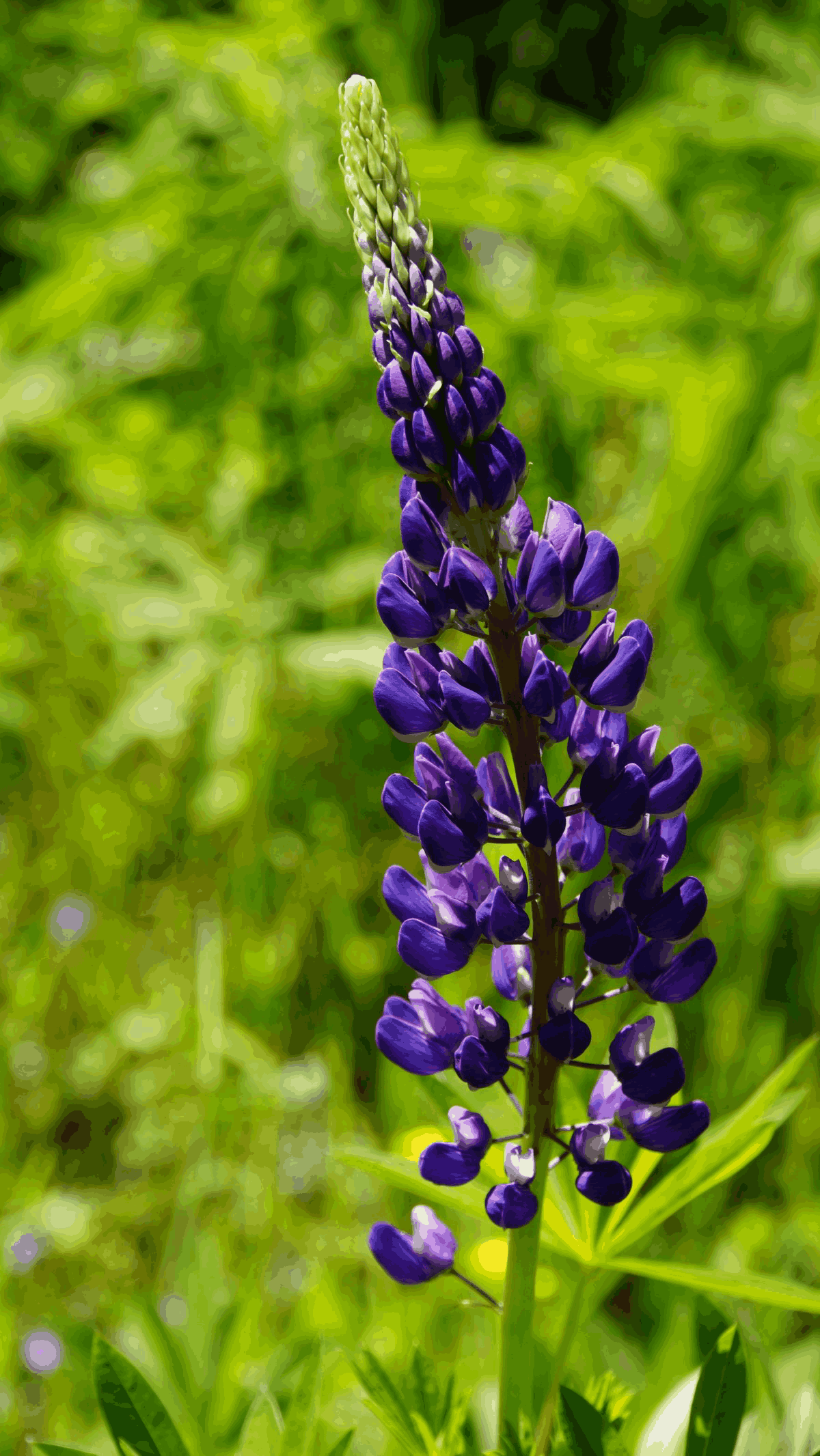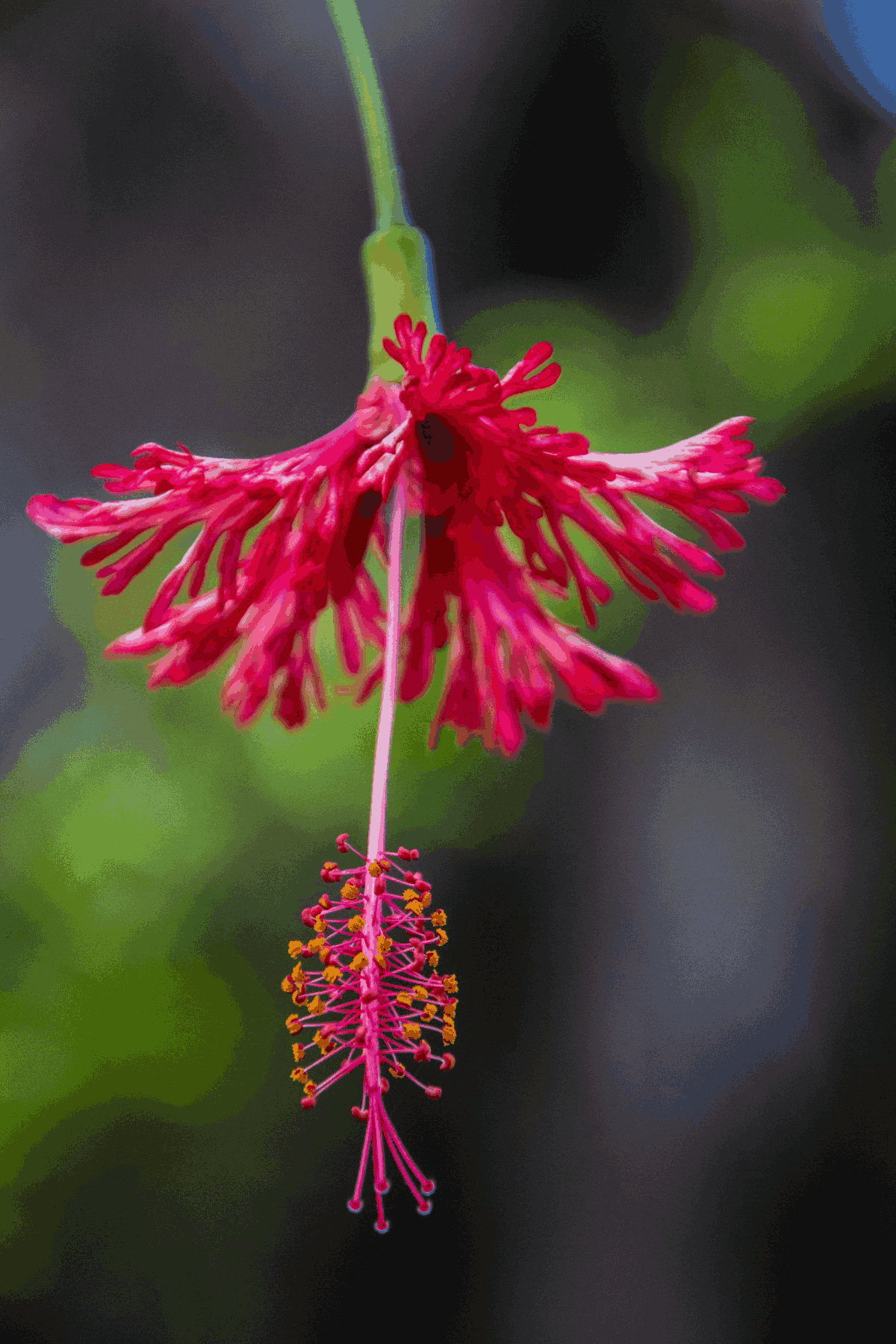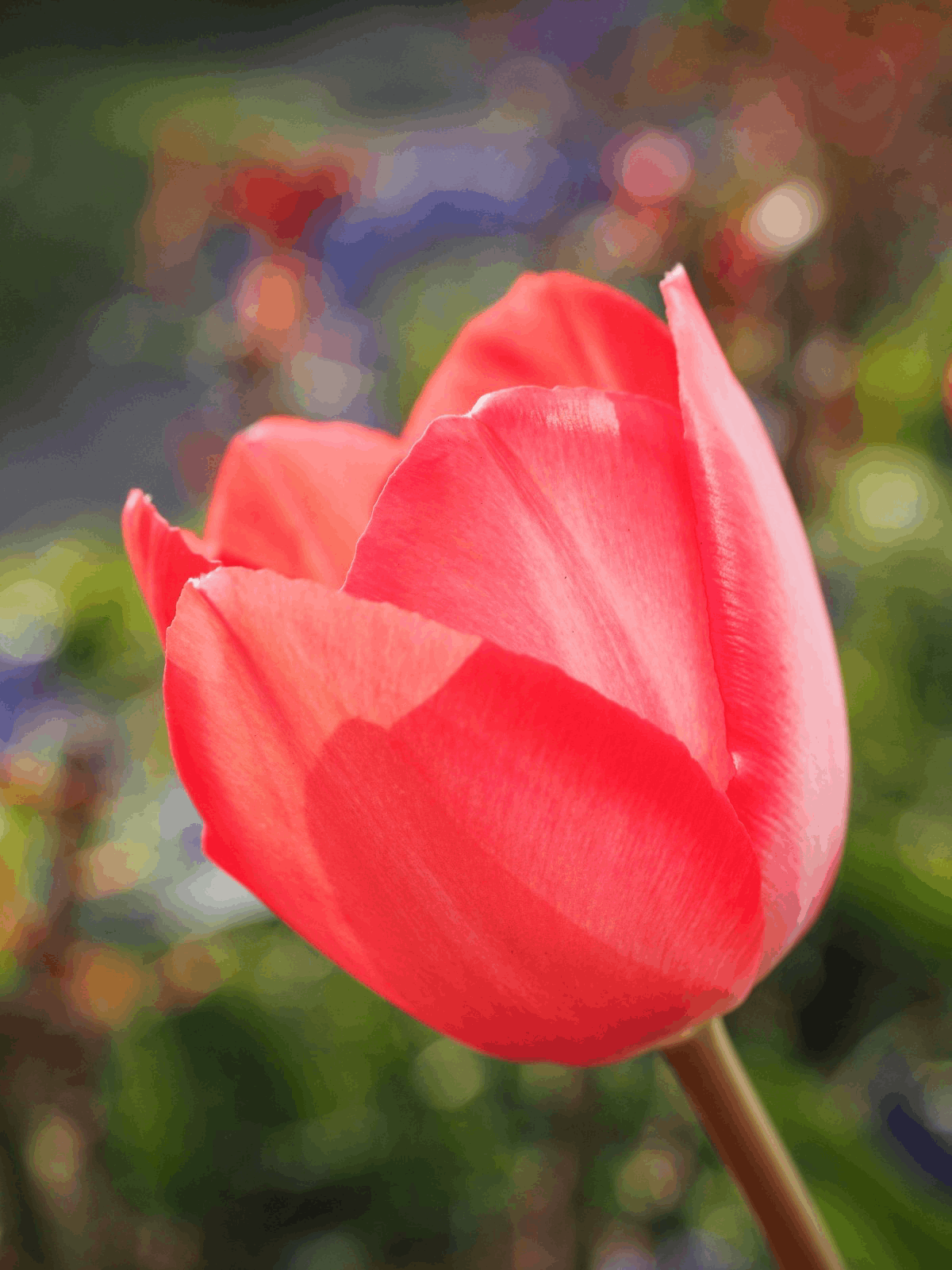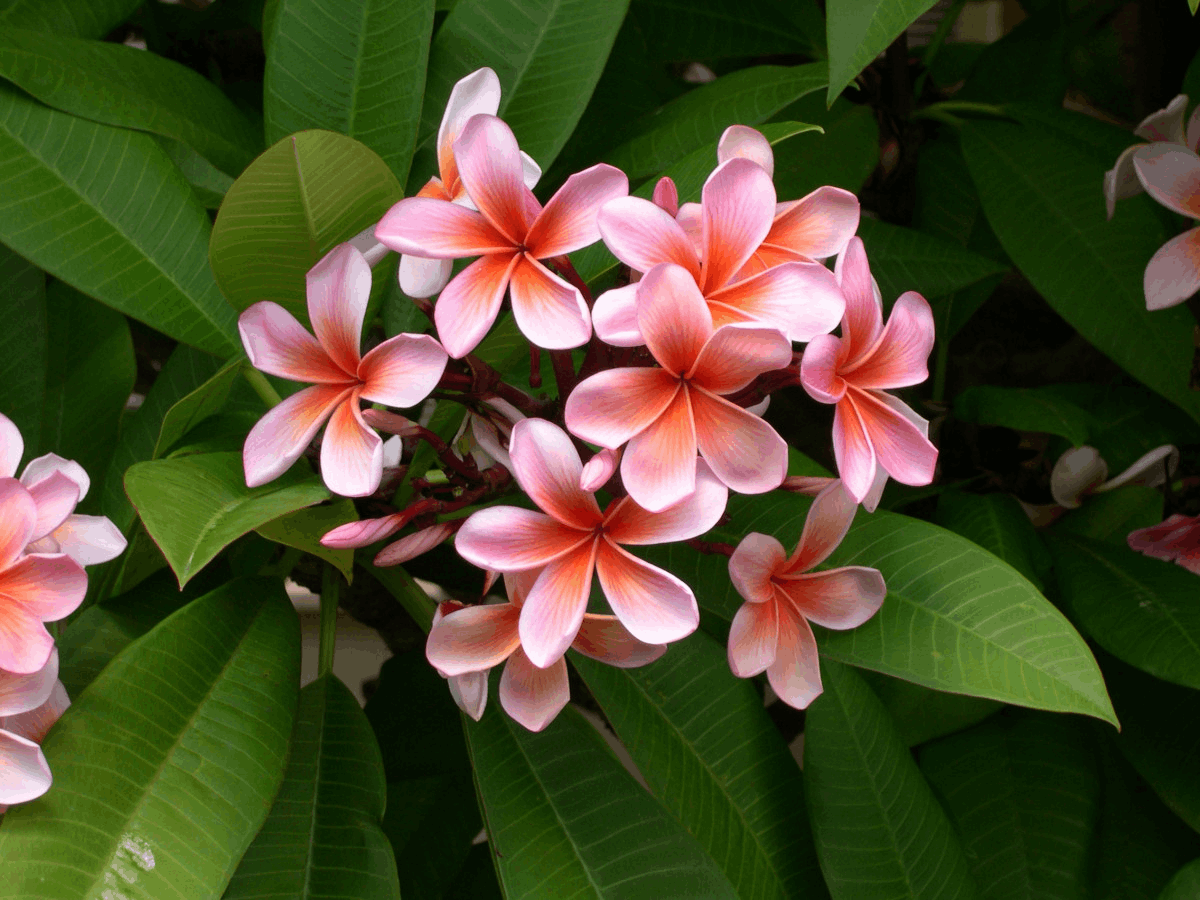Introduction
Have you ever brought home a prized collector plant, only to watch its stunning, dark leaves lose their luster within weeks? It’s a common frustration for enthusiasts drawn to the dramatic beauty of plants like the anthurium ace of spades. The initial excitement fades, replaced by a nagging worry over every slight curl or color shift. You’re not alone.
Many growers struggle to replicate the perfect conditions that produce those famously deep, velvety leaves. This guide is your roadmap to success. We’ll demystify the essential care pillars, from mastering humidity control to understanding its unique growth habits. You will learn how to select a healthy specimen, acclimate it to your home without stress, and avoid the common pitfalls that can set back this botanical masterpiece. At GreenWandering, we believe in empowering you with the knowledge to grow with confidence, backed by our commitment to healthy, ethically sourced plants and transparent, real photos.
What Is the Anthurium Ace of Spades?
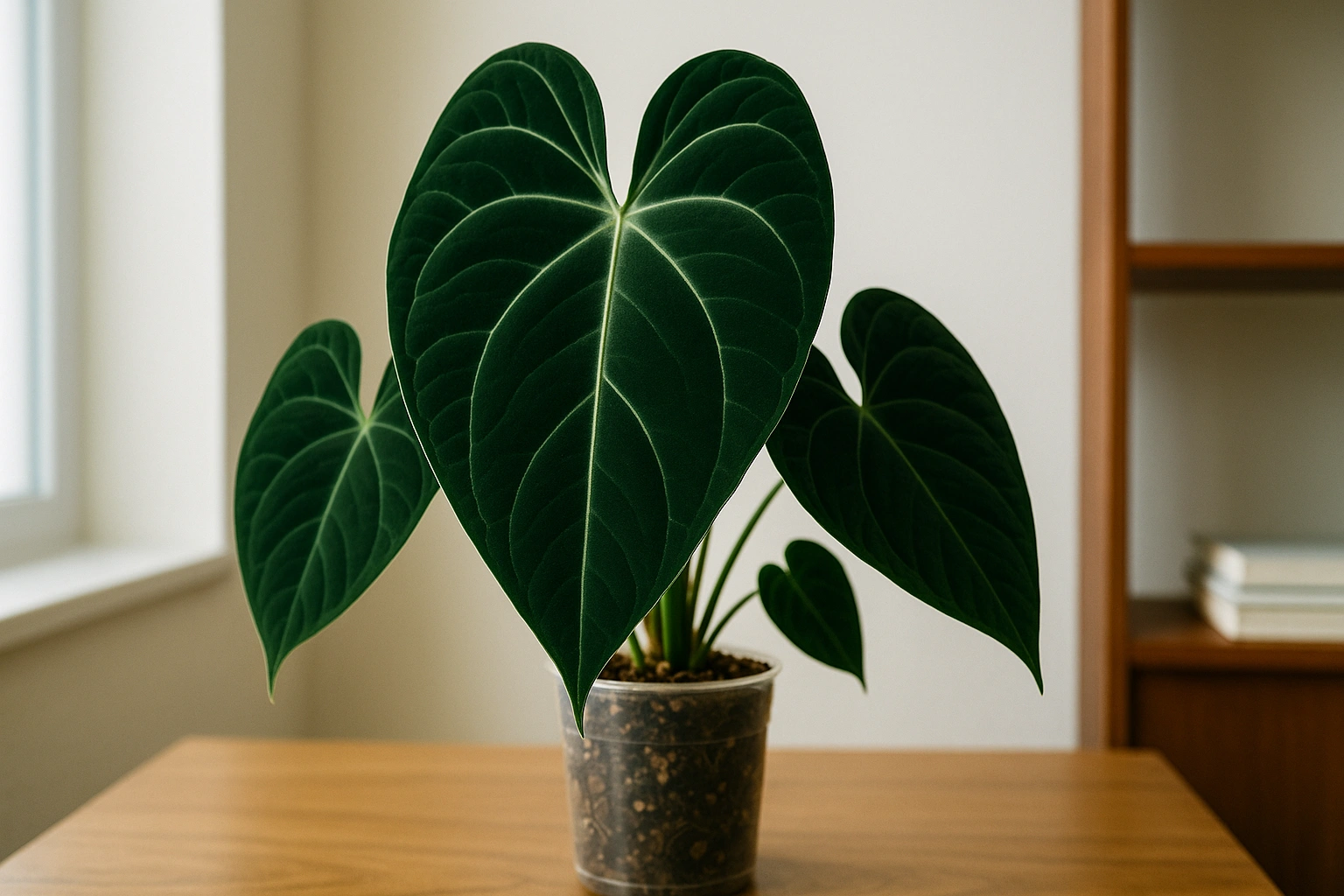
Key Visual Traits & Identification
Leaf Shape & Venation
The most defining feature of the Anthurium Ace of Spades is its magnificent spade or heart-shaped (cordate) leaves. The lobes at the top of the leaf are prominent and often open, creating a distinctive silhouette. The leaf texture is a key appeal; it’s not glossy but has a rich, sub-velvet or satin-like sheen. This texture, combined with its dark coloration, gives the foliage incredible visual depth. The venation is palmate, with veins radiating from the point where the petiole (leaf stalk) attaches, often appearing a slightly lighter green, which subtly contrasts with the dark lamina (leaf blade).
Color & Foliage Maturation
A new leaf on an Anthurium Ace of Spades is a spectacle. It unfurls in shades of bronze, copper, or even a deep, moody chocolate. As the leaf expands and hardens off over several weeks, this emergent color gradually transitions into an exceptionally dark green—one of the deepest greens in the plant kingdom. This deep green foliage is directly influenced by proper care; inadequate light or nutrients can result in a less impressive, paler green. Unlike variegated plants, its color is stable, but its richness is a direct reflection of its health.
Growth Habit
This Anthurium has a terrestrial growth habit, meaning it doesn’t typically climb like a Monstera. It grows from a central rhizome or stem, producing new leaves from a central cataphyll. The petioles are often terete (smooth and cylindrical), which is a subtle identification clue. Given its potential for large leaves (which can exceed a foot in length in mature specimens), it requires adequate space to unfurl and display its foliage without being cramped. It is a relatively slow grower, rewarding patient cultivators with increasingly majestic leaves.
Care Basics for Healthy, Photogenic Leaves
Nailing the fundamentals is how you achieve the deep color and velvety texture this plant is famous for. Focus on consistency.
- Light: Bright, indirect light is non-negotiable.
- Watering: Water when the top 2-3 inches of soil are dry.
- Humidity: Aim for 60-80%. Consistent humidity control is crucial.
- Temperature: Keep it between 65-80°F (18-27°C). Avoid drafts.
- Airflow: Gentle air circulation is vital to prevent fungal issues.
Soil & Potting Mix
Like most aroids, the Anthurium Ace of Spades needs a chunky, well-draining, and airy potting mix. A dense, water-retentive soil will quickly lead to root rot. Create a mix using equal parts orchid bark, perlite, and high-quality peat-based potting soil. This combination provides structure, aeration, and just enough moisture retention without becoming waterlogged. Ensure your pot has ample drainage holes.
Watering Rhythm & Cues
Overwatering is the fastest way to harm this plant. Forget a strict schedule and instead learn its cues. Use the “finger test”—stick your finger about two inches into the soil. If it feels dry, it’s time to water. Water thoroughly until it drains freely from the bottom, then discard the excess. If the leaves start to look slightly limp or curled, it may be thirsty, but always confirm with the soil test first. Allowing the plant to have “wet feet” is a recipe for disaster. For more tailored advice on difficult plants, check out our collector plant consultations.
Light Positioning
Finding the right light balance is key. An east-facing window providing gentle morning sun is often ideal. In a south- or west-facing room, place the plant several feet back from the window, or filter the light with a sheer curtain. Direct, harsh sunlight will scorch the leaves, causing brown, crispy patches. Too little light will result in smaller leaves, leggy growth, and a failure to develop that signature dark coloration.
Fertilization & Growth Season
During the active growing season (spring and summer), feed your Anthurium with a balanced liquid fertilizer diluted to half-strength every 4-6 weeks. Look for a fertilizer with a good balance of micronutrients. Reduce feeding in the fall and winter when growth naturally slows. Over-fertilizing can burn the roots and damage the plant, so consistency is more important than intensity.
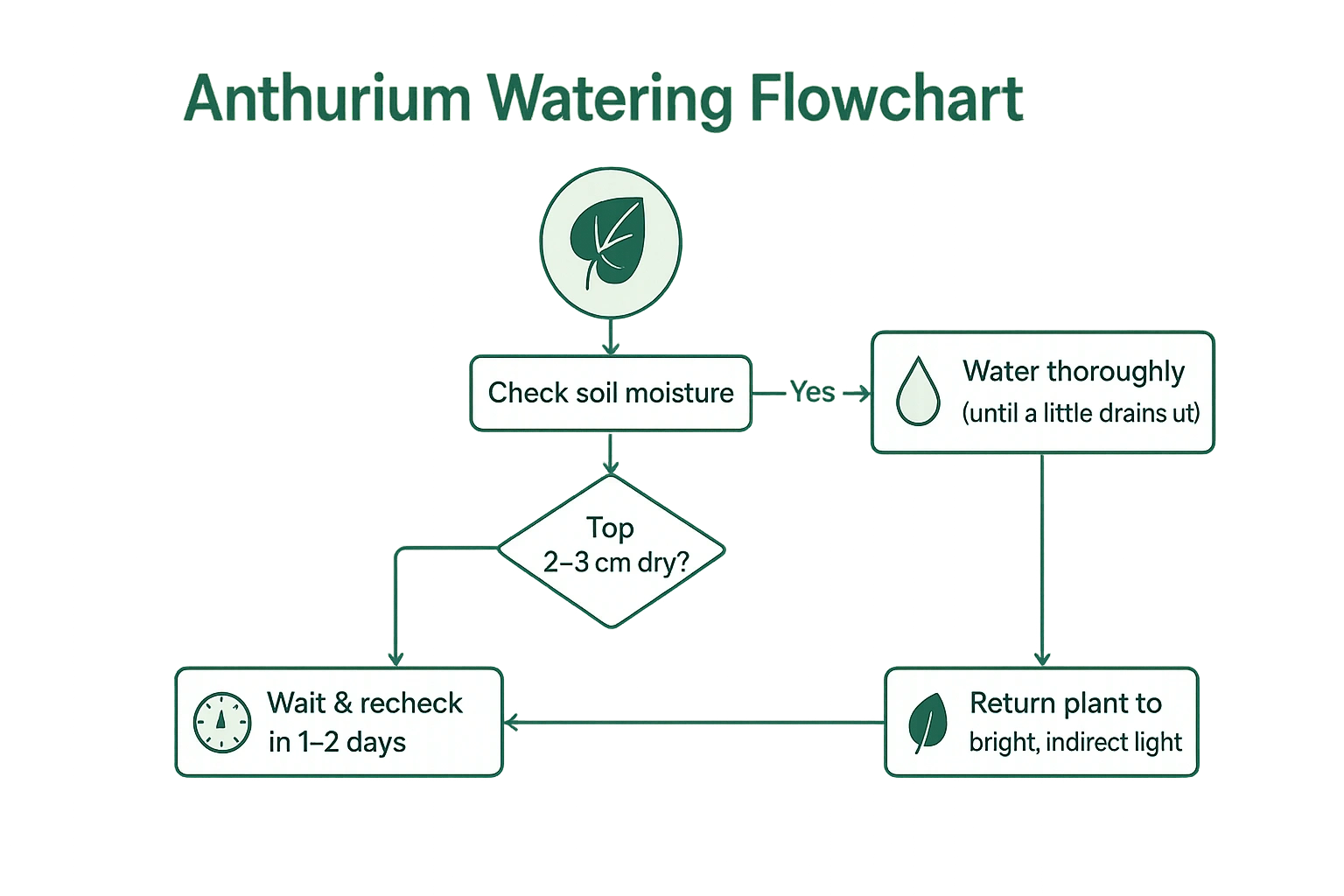
Buying Guide: Choosing a Healthy Plant
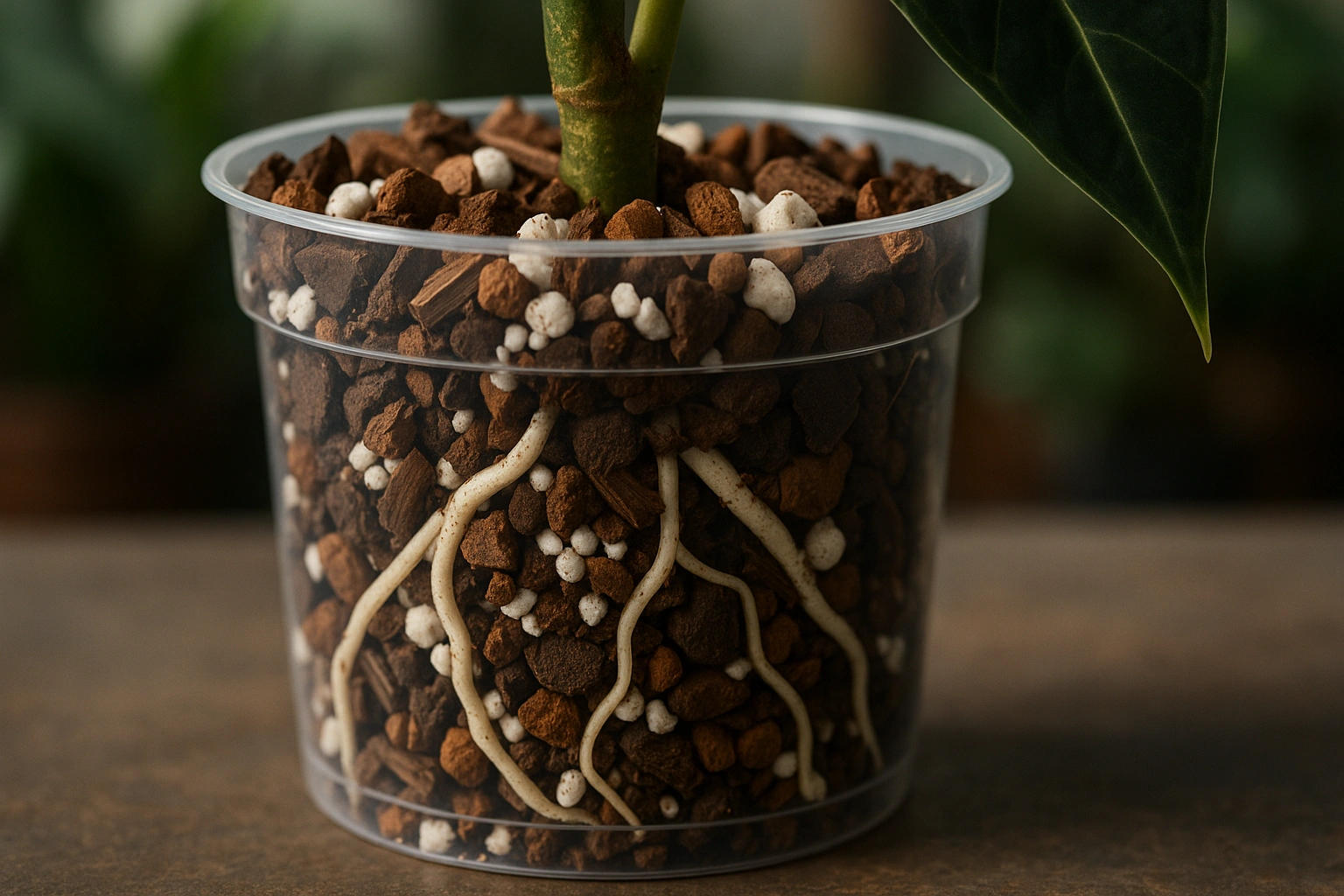
- Leaf Condition: Look for firm, well-formed leaves. Avoid plants with significant yellowing, brown spots, or physical damage. A small blemish is natural, but widespread issues are a red flag.
- Pest Check: Inspect the undersides of leaves, petioles, and the soil surface for common pests like spider mites, thrips, or mealybugs.
- Root Health: If possible, gently check the roots. They should be firm and white or light tan. Dark, mushy roots indicate rot.
- Node Activity: Look for signs of active growth—a new leaf emerging or a visible growth point (chonk).
- Realistic Photos: When buying online, ensure the seller provides recent, unaltered photos. At GreenWandering, our About page explains our commitment to showing you the exact plant you’ll receive.
A note on ethics: Always purchase from reputable sellers. This ensures your plant is nursery-propagated and not illegally collected from the wild, which harms natural ecosystems. See our current projects and available plants for ethically grown specimens.
Shipping & First-Week Acclimation
Unboxing Steps
Expect your plant to be secured to a stake, with the root ball carefully wrapped to retain moisture and the leaves protected with soft padding.
- Inspect Immediately: Gently unpack and inspect the plant for any shipping damage. Take photos right away if there are serious issues.
- Isolate: Keep the new arrival separate from your other plants for at least a week to monitor for any hidden pests.
- Delay Watering: The soil is often packed moist. Do not water immediately unless the plant is severely wilted and the soil is bone-dry. Let it rest for a day or two.
7-Day Acclimation Plan
The first week is crucial. The goal is to minimize stress.
- Day 1-3: Place the plant in a spot with medium, indirect light and high humidity (a bathroom or near a humidifier is great). Avoid any direct sun.
- Day 4-7: If the plant looks stable, you can move it to its permanent location with bright, indirect light. Continue to prioritize high humidity.
- Minimal Disturbance: Do not repot, fertilize, or prune the plant during this first week. Let it adjust to its new environment peacefully. Our curation services ensure every plant is healthy and ready for this process.
Anthurium Comparison Table
| Plant Name | Key Leaf Feature | Light Needs | Watering | Growth Rate | Difficulty | Best For |
|---|---|---|---|---|---|---|
| Anthurium Ace of Spades | Very dark green, heart-shaped, sub-velvet | Bright, Indirect | Medium | Slow | Intermediate | Statement foliage lovers |
| Anthurium Crystallinum | Prominent silver veins, velvety texture | Bright, Indirect | Medium | Moderate | Intermediate | Vein enthusiasts |
| Anthurium Warocqueanum | Long, pendulous, dark leaves (‘Queen’) | Medium, Indirect | High | Slow | Advanced | Experienced collectors |
| Anthurium Clarinervium | Stiff, cardboard-like leaves, bold veins | Bright, Indirect | Low-Medium | Slow | Beginner | Structured foliage fans |
| Anthurium Papillilaminum | Elongated dark leaves, velvety, open sinus | Bright, Indirect | Medium | Slow | Intermediate | Those seeking rare beauty |
Common Mistakes to Avoid
- Overwatering: The #1 killer. Always check the soil before watering.
- Low Humidity: Crispy edges and stalled growth are signs. Aim for 60%+.
- Direct Sunlight: Will scorch the dark leaves, leaving permanent scars.
- Potting Too Big: A pot that’s too large holds excess moisture, promoting root rot. Choose one only 1-2 inches larger than the root ball.
- Drastic Moves: Avoid moving the plant around constantly, especially after shipping. Let it acclimate.
- Neglecting Airflow: Stagnant, humid air is a breeding ground for fungus. Use a small fan to create gentle circulation.
- Impatience: This is a slow-growing plant. Don’t panic if it doesn’t push out a new leaf for a month or two after arriving.
Expert Tips & Best Practices
- Use a humidifier or a pebble tray to maintain consistent high humidity. Grouping plants also helps.
- For more specific guidance on plant care, refer to resources like the Royal Horticultural Society (RHS).
- Rotate your plant a quarter turn every week to ensure all sides get even light exposure.
- When you do repot (typically every 1-2 years), do it at the beginning of the growing season to minimize shock.
- Clean the leaves gently with a soft, damp cloth every month to remove dust, which helps with photosynthesis and pest prevention.
- Monitor new leaves as they harden. This is when they are most vulnerable to pests or low humidity damage.
“We tell our clients that consistency is more important than perfection. A stable environment, even if not ‘ideal,’ is better than one that fluctuates wildly.”
– The GreenWandering Team
Frequently Asked Questions (FAQ)
How much light does an anthurium ace of spades need?
It thrives in bright, indirect light. An east-facing window is perfect. Avoid direct sun, which will scorch its delicate, dark leaves.
Why are my Anthurium’s leaves turning yellow or getting crispy edges?
Yellowing leaves often point to overwatering and potential root rot. Brown, crispy edges are a classic sign of low humidity or underwatering.
What is the best soil mix for this plant?
A chunky, well-aerated aroid mix is essential. Use a blend of orchid bark, perlite, and a quality peat-based soil to ensure excellent drainage and prevent root suffocation.
When should I repot my Anthurium Ace of Spades?
Repot every 1-2 years or when it becomes root-bound. Choose a pot that is only 1-2 inches wider than the current one to avoid issues with excess soil moisture.
Can I grow it in lower light?
While it can tolerate lower light conditions, it will not thrive. Growth will be slower, leaves will be smaller, and you won’t see the signature deep, dark green coloration.
How do I increase humidity for my plant?
Use an electric humidifier, group it with other plants, or place it on a pebble tray filled with water. Bathrooms with bright windows are also excellent locations.
Is the Anthurium Ace of Spades toxic?
Yes, like all aroids, it contains calcium oxalate crystals. It is toxic to pets and humans if ingested, causing irritation. Keep it out of reach of curious pets and children.
Conclusion
Growing a magnificent Anthurium Ace of Spades is a deeply rewarding journey. Success hinges on mastering a few key areas: providing consistent, bright indirect light; maintaining high humidity with good airflow; and using a chunky, well-draining soil to avoid the dreaded root rot. By following the buying checklist and acclimation plan, you set your plant up for a seamless transition into your home. Remember that patience is your greatest tool. This stunning plant will reward your consistent care with some of the most dramatic and beautiful foliage imaginable. To find your own specimen or request a specific sourcing, browse our Projects page or Contact us directly.
